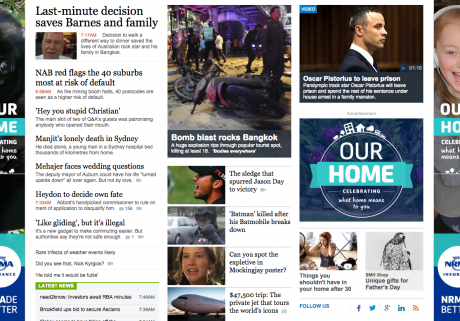Emerging Technology in Advertising, Product Management, SEO
We spend much of our time talking about digital strategy and how it can impact your business but don’t be fooled into thinking that it only applies to e-commerce sites.Smartphone penetration is now at an all time high (85% in Australia) and what that means is that Aussies are online a very high percentage of the time and use their phones for research on the fly. Need a bar recommendation in Melbourne? What’s the first thing you do? Google It. Need to find a good brunch spot in Bondi? Google It. Looking for a tradie to fix some things around the house? Google It. Looking for a piano teacher in the local area? Google It.
That’s why it’s important that no matter what your business does you need to have an appropriate digital presence to make sure that you get found in the real world too.
User scenarios apply to all kinds of businesses:
– A massage and chiropractor who uses their site to provide information in their field and book appointments
– A boutique clothing store, who doesn’t sell anything online, but can provide information on the products they have in stock and opening hours
– Independent tutors and teachers who don’t work in schools but work for themselves
It’s important for a number of reasons:
– It’ll improve your brand recognition overall
– It gives you credibility
How many businesses do you use who don’t have some presence online? People are routinely doing more research before making purchases, so if you’re not online you won’t even make the draft. Notice I say “presence online” and don’t specifically talk about mobile apps, websites or Facebook pages.
That’s because the most appropriate form of presence online is entirely dependent upon what your business is. It shouldn’t be a one size fits all approach but bespoke to your business. If you’re the type of business that takes bookings, then it makes sense to extend that online, if you’re a boutique store you may be best to focus on a great Google My Business listing which encourages people to rate and review you and if you’re an independent tutor then a website may be the most appropriate forum – supplemented by listings on things like Hot Frog.
Spend some time researching how others in your field position their offering online and learn from it but whatever you do, don’t ignore it or you may find you become obsolete IRL (in real life ;)).
Featured Image Credit: www.seo-plus.co.uk


